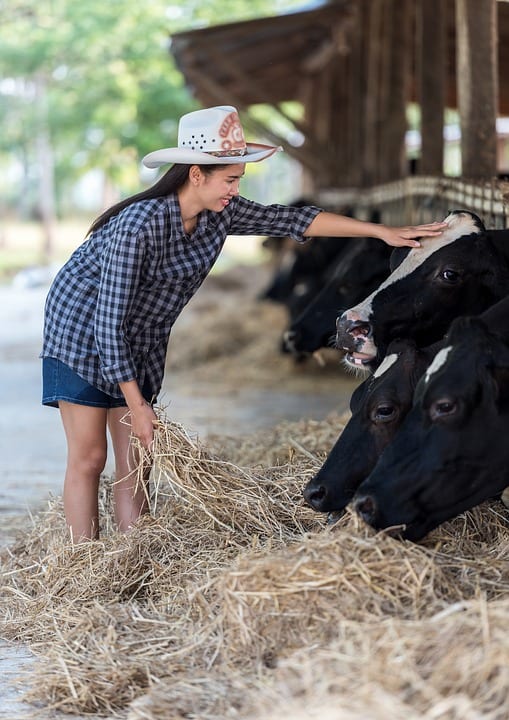Countries around the world start school at different times, attend for different durations, and finish at differing times of the year – but why?
Rumors have run rampant as to why the US starts a school year in August or September, as opposed to January (the actual start of the year), and if you’re wondering what the truth is, well, look no further!
It actually is due to the fact that, 100 years ago when the public schooling system was being established, the majority of people in America made their living farming.

Image Credit: Pixabay
Most of the work on the farm takes place in seasons other than winter, and summer is, without a doubt, the busiest time to tend to both crops and animals. Parents needed their children home to help get all of the work done, leaving them more free to pursue their education during the cold months when nothing was being planted or harvested.
At first, there was no uniformity between states or even districts – everyone organized their school year to best fit the needs of their immediate community. It wasn’t until 1851 that Massachusetts established the country’s first compulsory education law, meaning that all children – regardless of whether their parents farmed or not – had access to school.

Image Credit: Pixabay
Scheduling was the biggest hurdle to overcome, since “city” kids were used to attending school year round with a few, short vacations (around 251-260 days total) while “country” kids had whole months off in order to help at home.
Eventually, a compromise was struck so that all schools ran the same time of the year, giving Americans the 180-day school year that’s endured for so long.

Image Credit: Pixabay
So, when your kid is whining about being bored, spending all of their time in front of the television, or getting pruny in the community pool, you might remind them that back in the day they would have been working their buns off baling hay in the hot sun.
Maybe that will convince them to at least pick up their socks.
You never know.






